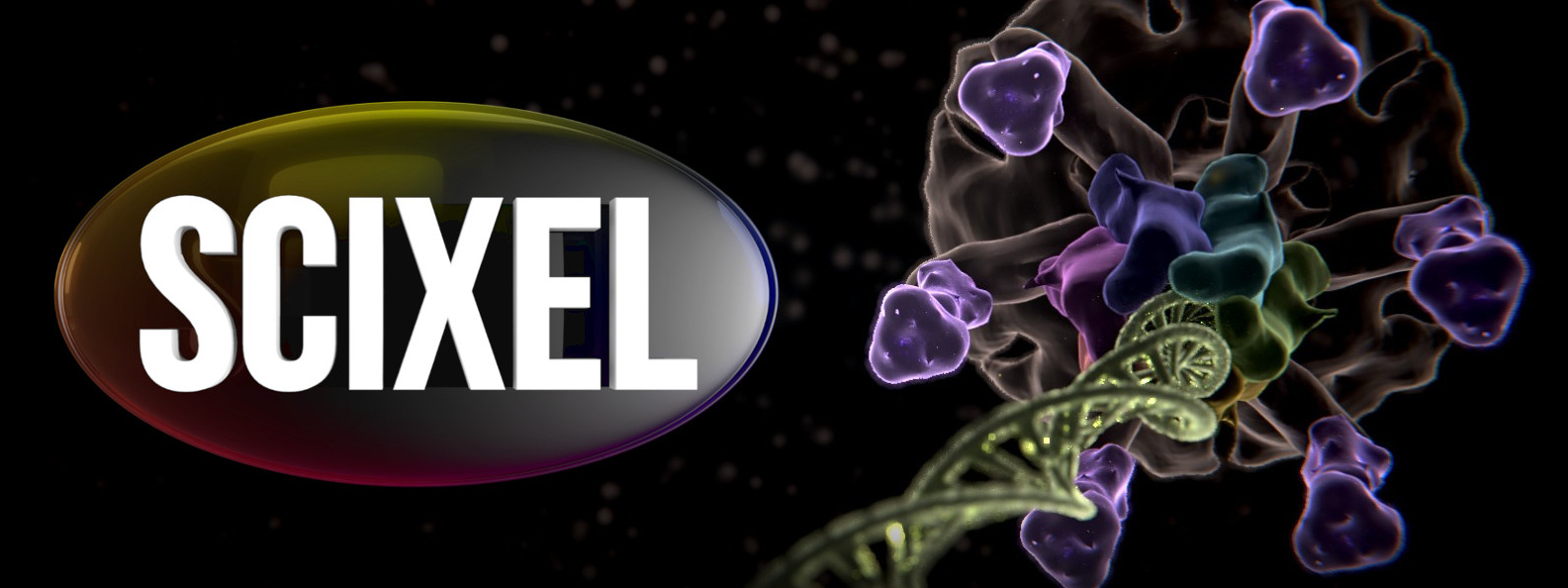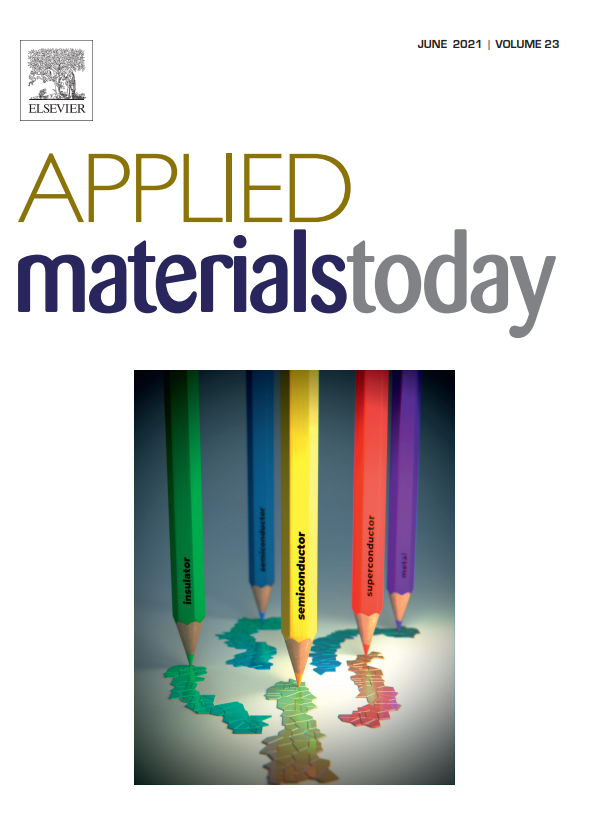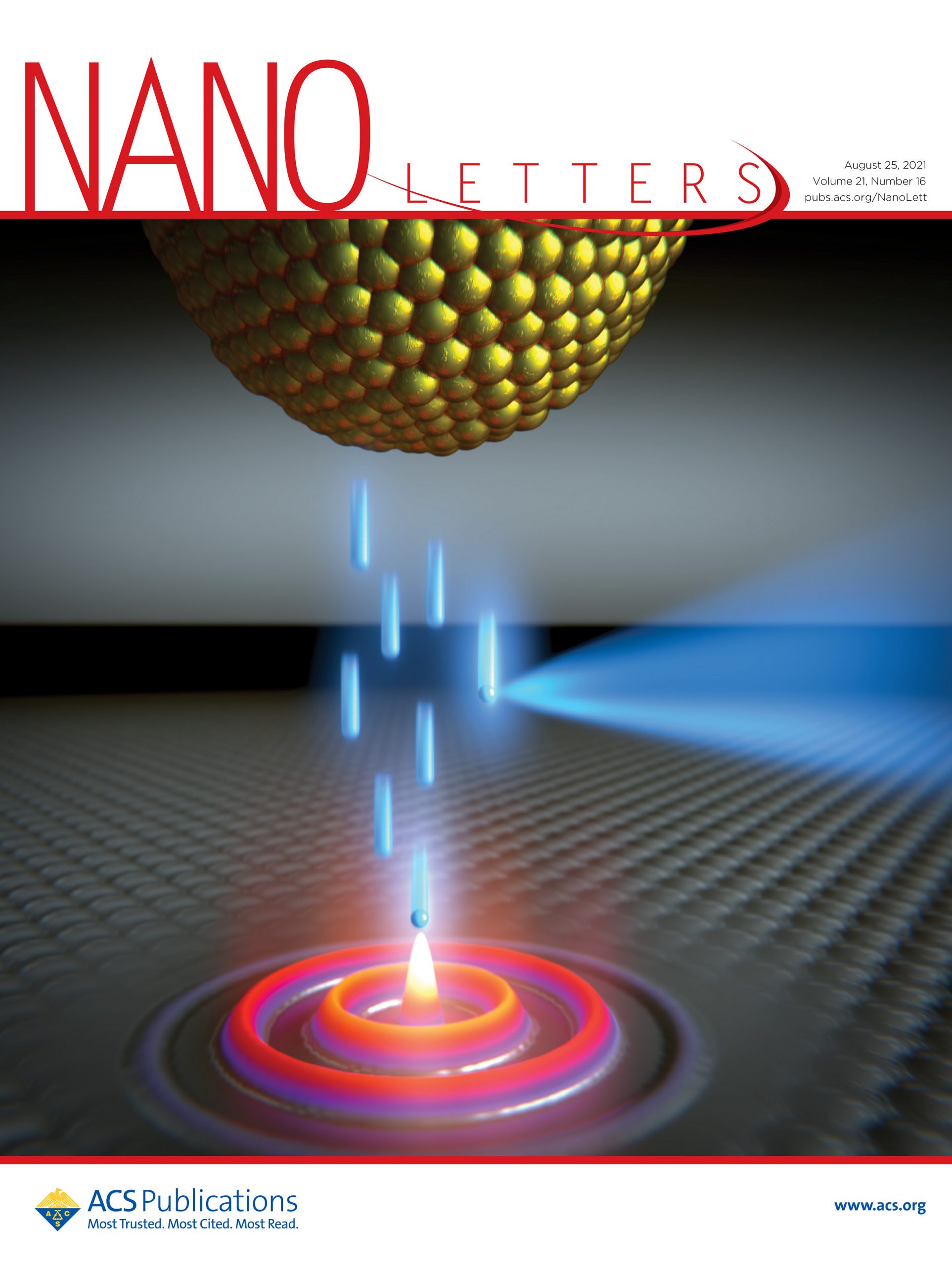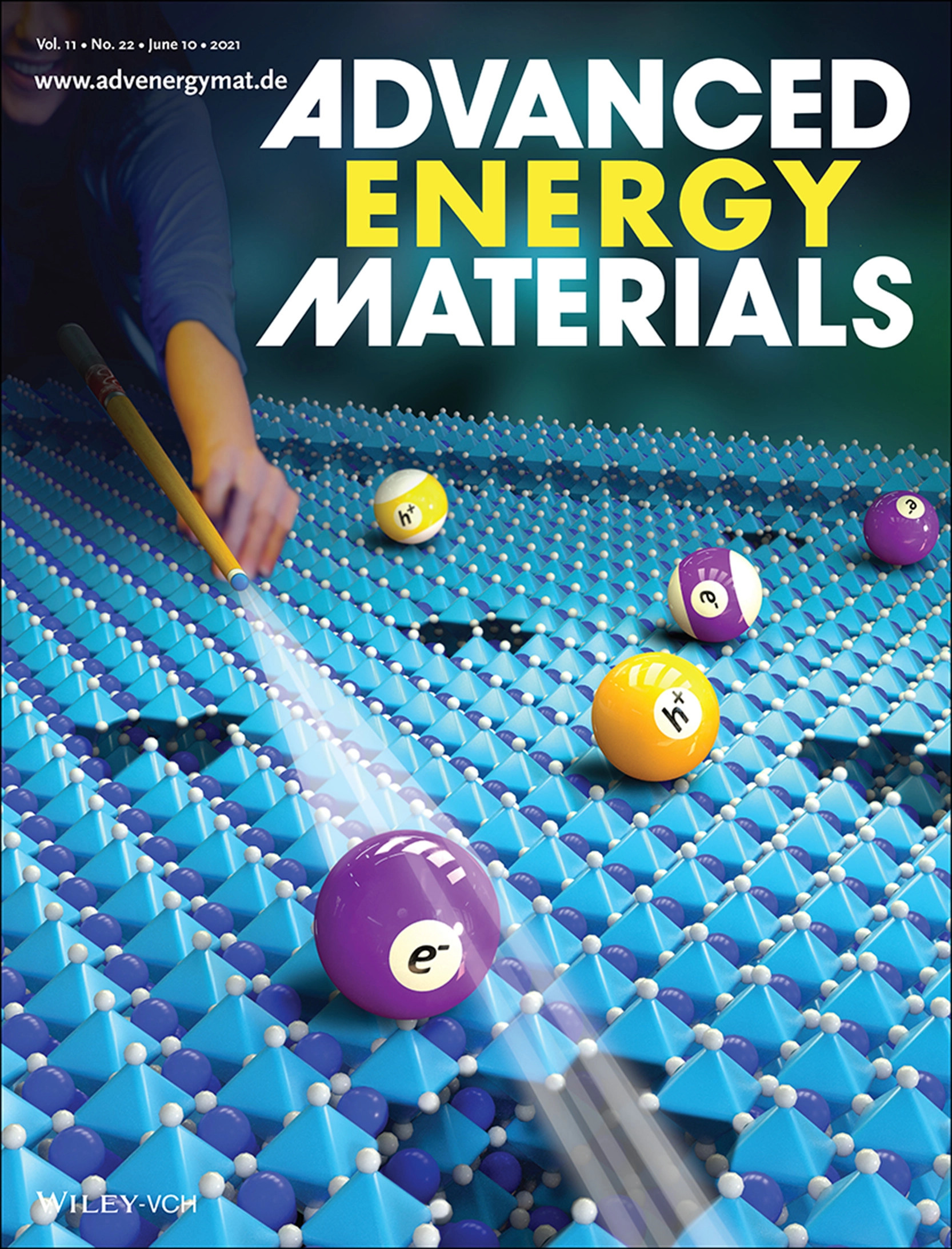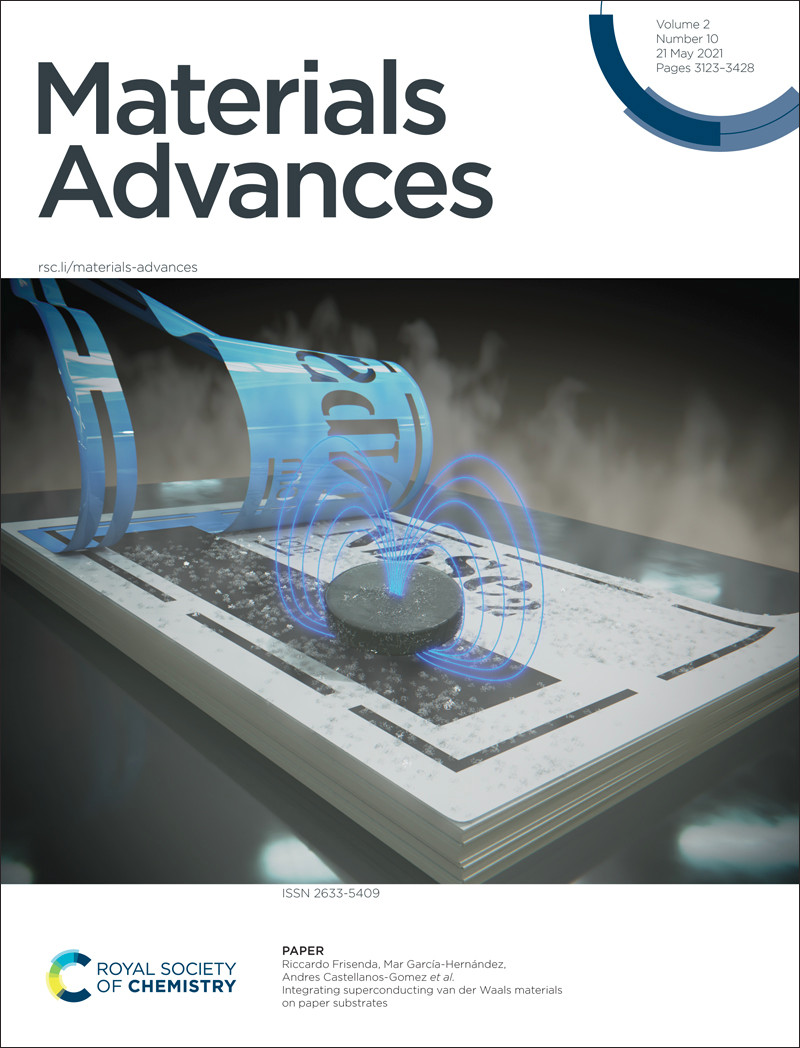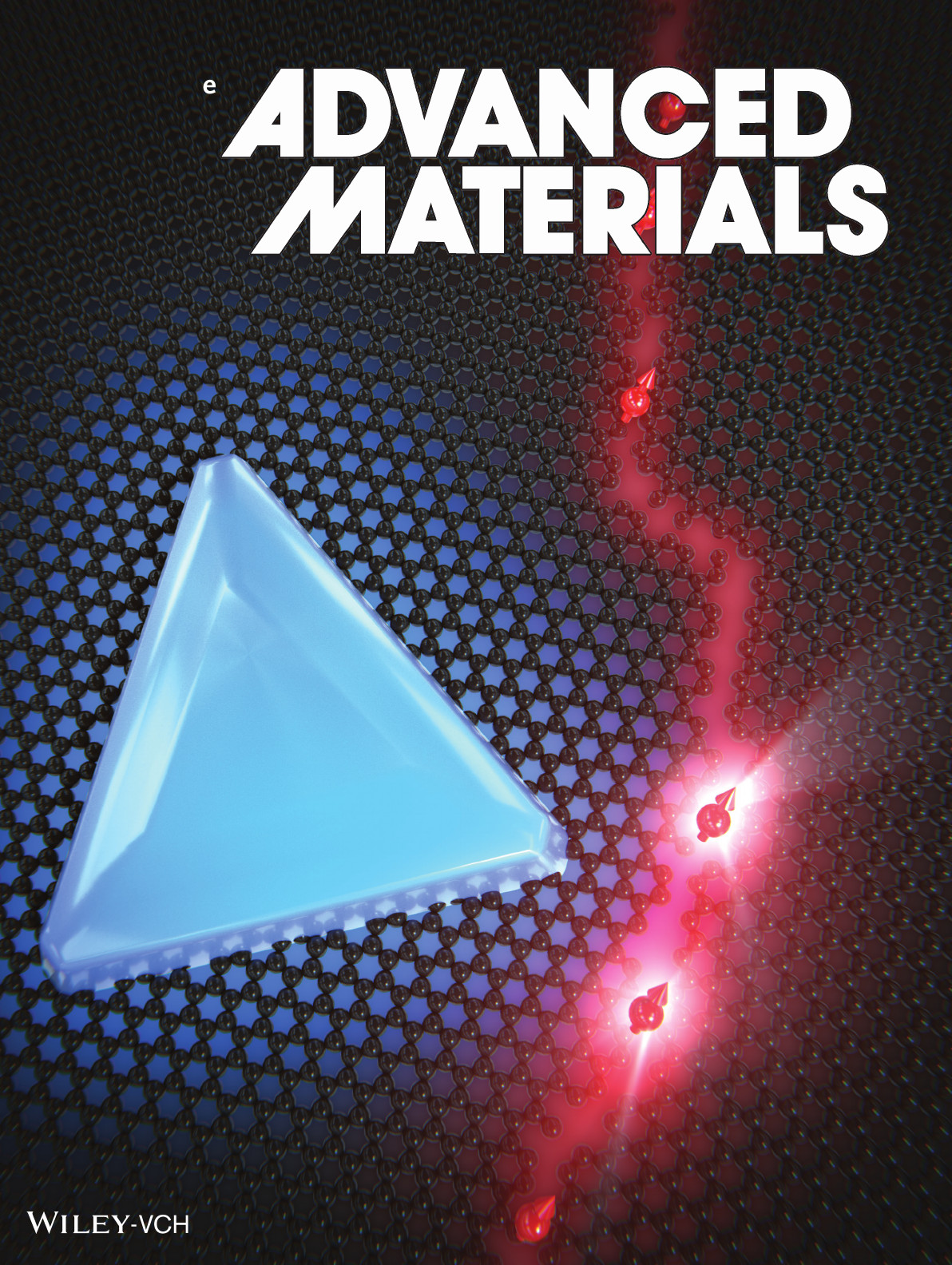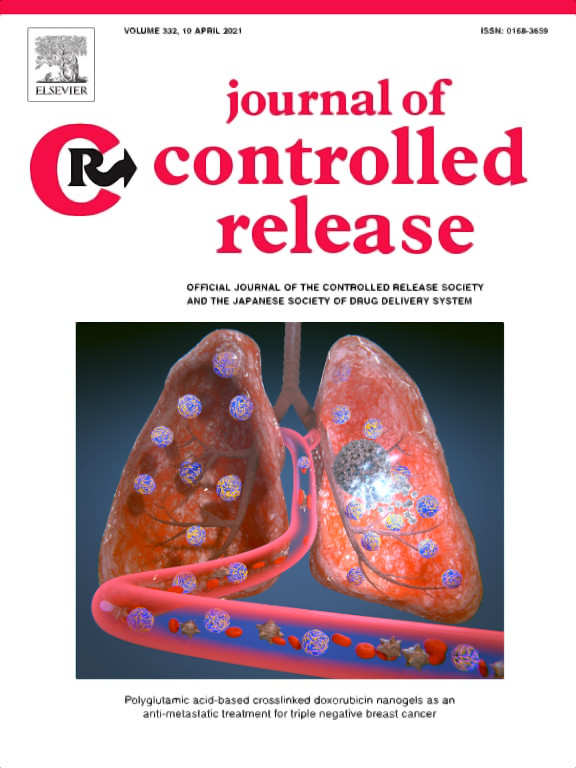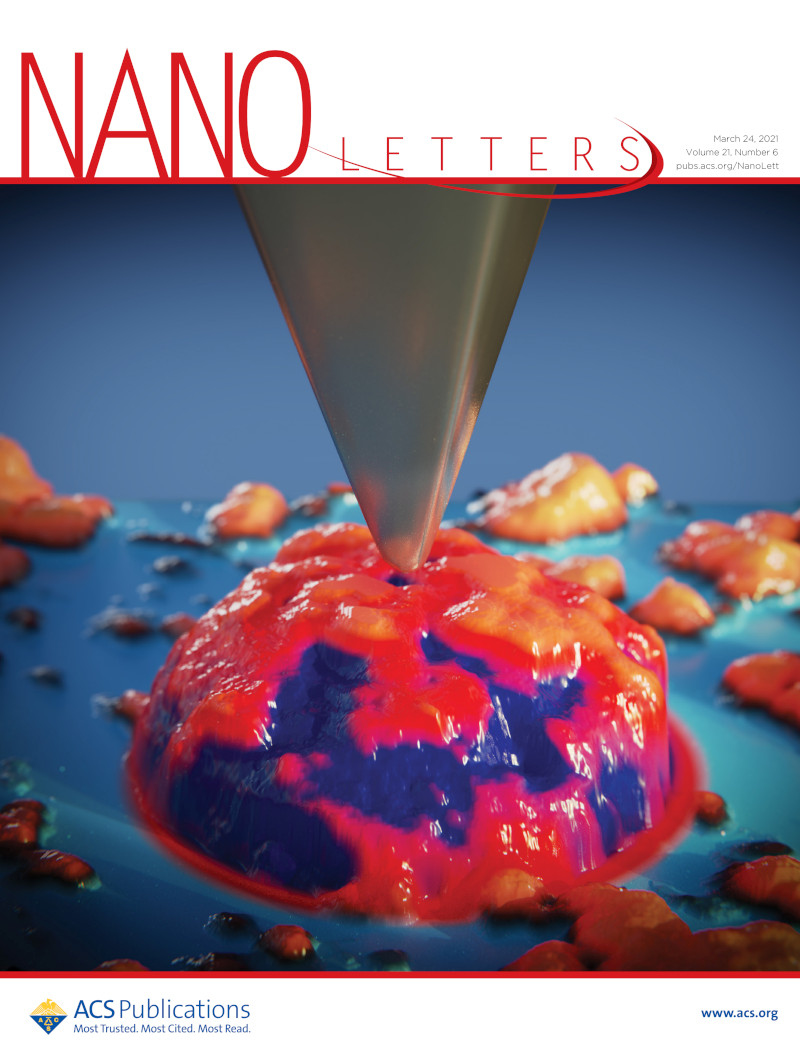How can we map out traps on a surface? Ferry Prins, Michael Seitz et al. have developed a curious strategy. First, they’ve injected a small population of excitons (gaussian shaped) in a 2D metal halide perovskite. The flow of these excitons through the material will be affected by the traps, kind of how the flow of water is affected by stones at the riverbed. Therefore, by visualising the flow of the excitons, you can “accurately map out the trap-state landscape in the perovskite lattice”.
This research, has been featured in the cover of Advanced Optical Materials. The picture has been done under the supervision of Ferry Prins and Michael Seitz.
